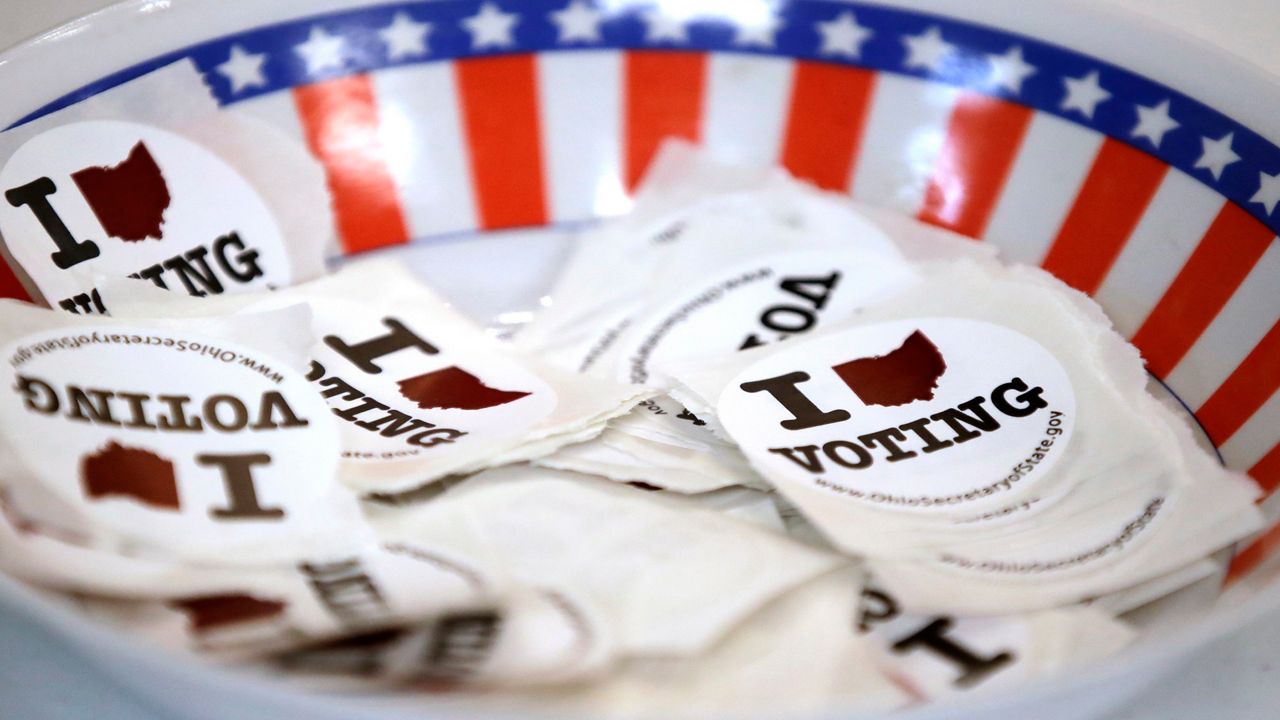COLUMBUS, Ohio — The Ohio Supreme Court gave the Ohio Redistricting Commission until 9 a.m. Monday to explain why it should not be held in contempt.
The court made its announcement Wednesday, two days after the Ohio Redistricting Commission passed a fourth set of General Assembly boundaries. The fourth set of Ohio House and Senate maps was nearly identical to the maps previously rejected by the Ohio Supreme Court.
On Tuesday, the National Redistricting Action Fund led by former U.S. Attorney General Eric Holder renewed its motion for an order asking the Republican commissioners to produce evidence why the Ohio Supreme Court should not criminally punish them.
"This last action by Republicans on the commission would be almost funny if it were not so consequential and nakedly partisan," said Holder. "Ohio runs the risk of becoming a punchline to a bad joke. Some Republicans in Ohio are bound and determined to ignore the state Supreme Court, the Ohio Constitution, independent map drawers and electoral fairness to try to hold on to illegitimate electoral advantage. This farce must end. It is time for responsible Republicans, like Gov. DeWine, to force compliance with the law and finally serve the people of the state."
The Ohio Supreme Court gave the panel of five Republicans and two Democrats until Monday night to draw up new maps.
The Ohio Redistricting Commission utilized independent mapmakers, but ultimately rejected their maps, resorting to the previously rejected maps with small tweaks.
Ohio Senate Republican Caucus Spokesperson John Fortney said the timeline was too tight to get constitutional maps and the maps the independent mapmakers had drawn had serious concerns.



